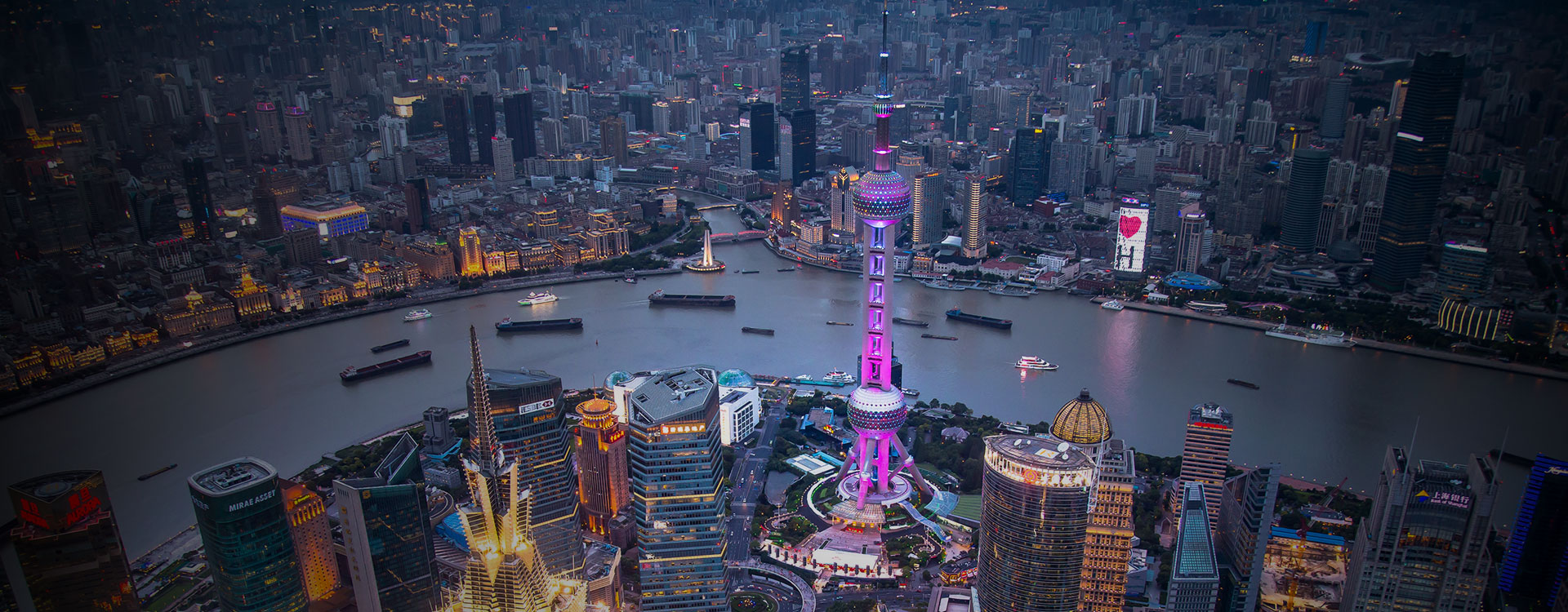
Fluoroplastics are high-performance plastic materials with excellent chemical resistance, heat resistance, and electrical insulation. Among fluoroplastics, common ones include PFA (polyfluoroethylene copolymer), PTFE (polytetrafluoroethylene), FEP (polyfluoroethylene propylene) and PVDF (Polyvinylidene fluoride). The main characteristics between them are as follows,
PFA (Polyfluoroethylene Copolymer):
Characteristics: PFA has excellent chemical resistance, heat resistance, and electrical insulation performance. It has a high melting point and high melting fluidity, making it suitable for applications in high-temperature environments.
Application: PFA is widely used in semiconductor manufacturing, chemical processing, medical devices and other fields. Its advantages include chemical stability, mechanical strength, and processability.
PTFE (polytetrafluoroethylene):
Characteristics: PTFE is one of the most well-known fluoroplastics, with low friction coefficient, excellent non adhesion, and high-temperature stability. It is an extremely inert material with excellent chemical corrosion resistance.
Application field: PTFE is commonly used in fields such as lubricating materials, seals, and dielectrics. It is widely used in food processing, medical devices, and the chemical industry.
FEP:
Characteristics: FEP is a fluoroplastic with excellent chemical resistance and thermal stability. It has good melting fluidity and can maintain stability over a wide temperature range.
Application field: FEP is commonly used in fields such as wire and cable insulation, fiber optic coating, and liquid transportation pipelines. It is used in the semiconductor industry to manufacture electronic components and chemical delivery systems.
PVDF (Polyvinylidene fluoride):
Characteristics: PVDF has excellent mechanical properties, weather resistance, and chemical corrosion resistance. It has high crystallinity, good rigidity and wear resistance.
Application field: PVDF is widely used in fields such as architecture, electronics, and power. It is used for manufacturing equipment such as pipelines, valves, pumps, and storage tanks, as well as in the photovoltaic and battery industries.
Suitable materials need to be selected based on specific application needs. PFA performs well in high-temperature and chemical environments, suitable for fields such as semiconductors, chemicals, and healthcare. PTFE has extremely low friction coefficient and excellent non adhesion, and is commonly used in lubricating materials, seals, and dielectrics. PVDF has good mechanical properties and weather resistance, making it suitable for applications in fields such as architecture, electronics, and power. In the wet treatment process of semiconductor manufacturing, various treatments need to be carried out on semiconductor chips. To achieve this, hydrofluoric acid, hydrochloric acid, nitric acid, sulfuric acid, phosphoric acid, ammonia, hydrogen peroxide aqueous solution, etc. should be used for treatment at a maximum temperature close to 200 ℃. Under such harsh conditions, metal materials with corrosion hazards should not be used, and fluorine resins with excellent heat resistance and chemical resistance should be used. Perfluorinated resin PFA (tetrafluoroethylene and perfluoroalkyl vinyl copolymer) is a fluorine resin with the strongest chemical resistance and highest heat resistance that can be matched with PTFE (polytetrafluoroethylene). PFA can also be processed into complex shaped molded products using general melting molding methods. Therefore, PFA is widely used as a lining material for semiconductor chip carriers, pharmaceutical tubes, joints, bottles, and slots, and is popular in semiconductor chip manufacturing.
However, with the high integration, density, and refinement of large-scale integrated circuits, higher requirements have been put forward for improving the purity and functionality of materials used in semiconductor production processes. Various requirements have been put forward for PFA, such as extending its service life, reducing its permeability to gases and liquids, and improving its smoothness.
The so-called "new PFA" ("SH series" produced by Daikin) has been successfully developed to stabilize the unstable end groups of polymers, so as to reduce the dissolved fluoride ions
PFA, PTFE, FEP, and PVDF each have unique characteristics and application fields in the fluoroplastic family. The selection of suitable fluoroplastics depends on the required requirements for chemical resistance, heat resistance, mechanical properties, and processing performance. When selecting, it is recommended to conduct a comprehensive evaluation and selection based on specific application scenarios and material characteristics to meet requirements and ensure optimal performance.

CJan Fluid Technology Co., Ltd. is a professional supplier of fluid technology solutions. Since establishment, we have been committed to solving fluid technology problems for global customers through our own research and development, import agency, and customized product services.